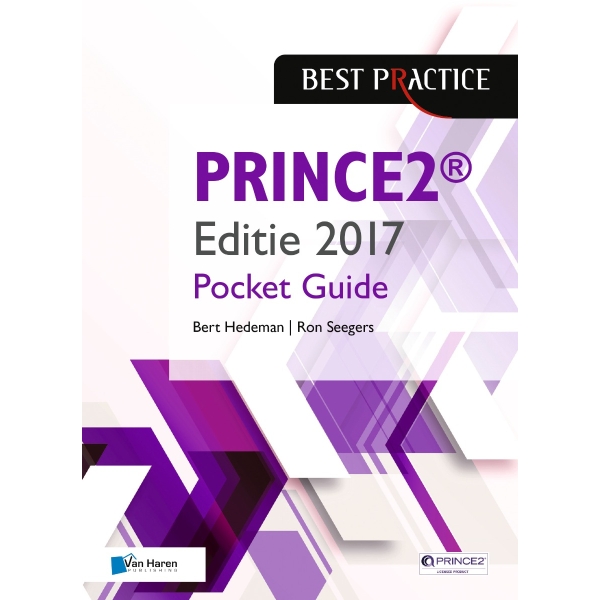Title/definition
Managing Successful Projects with PRINCE2® (PRojects IN Controlled environments) First released in 1989 as PRINCE and renamed PRINCE2 when revised in 1996, further revisions in 2005, 2009, 2017. PRINCE2 is now owned by AXELOS.
The basics
PRINCE2 is one of the most widely used methods for managing projects in the world. It is a structured and process based project management method. PRINCE2 provides a tried and tested method based on experience from which all projects and organizations can benefit.
This latest evolution of PRINCE2-2017 will help understand how the fundamental principles of PRINCE2 provide the basis of good project management. It emphasizes how the method can be tailored to give an appropriate fit to projects. It offers practical guidance on managing projects within many contexts including those using agile approaches.
Summary
- RINCE2 has been designed to be generic so that it can be applied to any project regardless of project scale, type, organization, geography or culture. It achieves this by separating the management of project work from the specialist contributions, such as design or construction. These specialist aspects of any type of project are easily integrated and/or used alongside PRINCE2. It provides a secure overall framework for the project work focusing on describing WHAT needs to be done, rather than prescribing HOW everything is done.
For a project to be following PRINCE2, as a minimum it must be possible to demonstrate that the project:
- – is applying principles of PRINCE2 (continued business justification, learn from experience, defined roles and – responsibilities, manage by stages, manage by exception, focus on products, tailor to suit the project.
- – is meeting the minimum requirements set out in the PRINCE2 themes (Business Case, Organization, Quality, Plan, Risk, Change and Progress)
- – has project processes that satisfy the purpose and objectives of the PRINCE2 processes
- is either using PRINCE2’s recommended techniques e.g. Quality Review or using alternative, equivalent techniques
PRINCE2 is based on proven experience and governance for project management and must be tailored to the specific context of a project. The needs of the organization and scaled to the size and complexity of a project. It provides a common language (a ‘PM-dialect’) for all project participants to facilitate communication and promotes consistency of project work and the ability to reuse project assets. This also facilitates staff mobility and reduces the impact of personnel changes or handovers. Furthermore, it ensures that participants focus on the viability of the project in relation to its business case objectives, rather than simply seeing the completion of the project as an end in itself. PRINCE2 ensures that stakeholders (including sponsors and resource providers) are properly represented in decision-making and planning. And last but not least it promotes learning from project experience and continual improvement in organizations
PRINCE2 provides a process model for managing a project (see Figure). These processes consist of a set of activities that are required to direct, manage and deliver a project.

Target audience
Project managers, project team members, senior management involved in the decision-making activities of the project.
Strengths and constraints
PRINCE2 is generic so that can be used for any project regardless of project scale, type, organization, geography or culture.
Constraints
PRINCE2 is not intended to cover every aspect of Project Management. It does not contain topics such as:
Specialist aspects: PRINCE2 is generic and excludes industry/type-specific activity. Engineering models, agile methods or specific techniques (e.g. organizational change management, procurement, SCRUM can be used alongside PRINCE2)
Detailed techniques: Proven planning and control techniques that can be used in support of the PRINCE2 themes; for example, critical path analysis (in planning) and Earned Value Analysis (in progress control).
Leadership capability: Leadership, motivational skills and other interpersonal and soft skills are critical success factors in project management but impossible to codify in a method
Relevant website
PRINCE2® is a Registered Trade Mark of AXELOS Limited”
source: https://community.vanharen.net/prince2-in-3-minutes/

